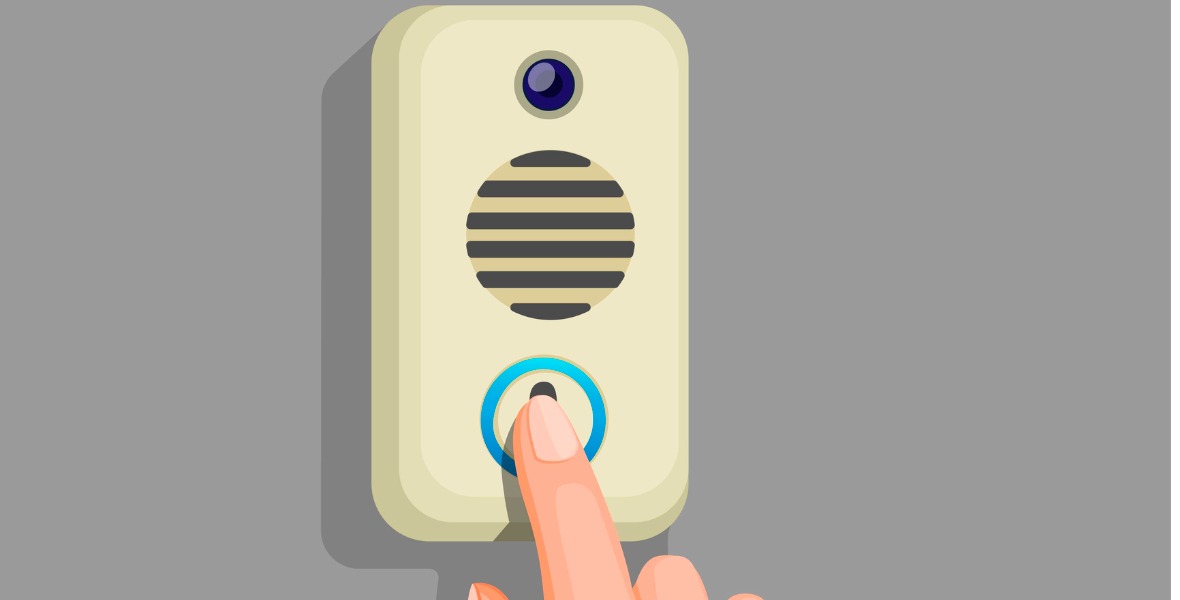An Alberta court decision calls the condo neighbours’ dispute “petty and pointless,” but acknowledges it’s a point of principle.
An Alberta court decision last month provides a useful lesson about how living in a condominium complex requires tolerance — and sometimes the compromise of deeply-held views and principles.
Lillian Lupuliak is the owner of a residential condominium unit in Calgary. Following an attempted break-in to her unit through the patio doors in 2019, she installed a camera on the exterior of the building. It captured video and audio from her patio.
She also installed a “smart” doorbell on the door of her unit facing the common interior hallway. It was capable of making audio and video recordings and was connected to the internet. The doorbell’s recording functions were triggered by a motion sensor.
The software program associated with the doorbell saves video recordings for 60 days, and can be tagged by a user to be saved indefinitely. The files can also be exported for use elsewhere.
The condominium bylaws prohibit any owner from making additions or alterations to the exterior of a unit without first obtaining the written consent of the condominium corporation. The bylaws also state than an owner may not unreasonably interfere with the use and enjoyment of the common areas by other owners or their visitors.
Lupuliak did not obtain permission from the condominium board to install either the patio camera or the doorbell.
Joanne Amey lives across the hall from the Lupuliak unit. The doorbell and, in particular, its video function, made Amey uncomfortable. The motion sensor was triggered when people entered and left her condominium unit, since video and audio of herself and her guests was captured. She felt that this was an invasion of her privacy.
Eventually, Lupuliak and the condominium corporation wound up in court over the doorbell. She asked the court for a declaration that the bylaws do not permit the condominium to remove the doorbell, and for an injunction restraining the board from removing it.
Conversely, the board and several owners asked for an injunction compelling removal of the doorbell.
Acknowledging that this was not an earth-shattering dispute, Justice Colin Feasby wrote: “To an outsider, disputes between neighbours often appear to be petty and pointless. While aspects of the present dispute are petty, at its core is a difference over a point of principle.”
Nevertheless, the judge had little sympathy for the actions of Lupuliak.
In his decision he wrote, “Lupuliak’s conduct in using the video footage captured by the doorbell to bolster her complaints about the (condominium and several owners) to the Calgary Police Service, Alberta Health Services, and the Alberta Privacy Commissioner, along with her posting video footage from the doorbell on social media, was improper.
“The weaponizing of the doorbell in this fashion validates all of the concerns expressed by the (condominium owners) and is not conducive to peaceful co-existence in the context of a condominium complex.”
The judge ordered Lupuliak to remove the front doorbell, to stop “sending threatening communications or engaging in abusive conduct” with the condominium board, and to pay the entire legal bill of the condominium.
He also noted that the board could have resolved the problem without litigation by installing its own video security system.
Image credit: iStock/Getty Image
Bob Aaron is Toronto real estate lawyer. His column appears on this blog, Move Smartly, and in The Toronto Star. You can follow Bob on Twitter @bobaaron2 and at his website aaron.ca.




